#702 Hungry for home mushrooms
DIY Mushroom Cultivation: Growing Mushrooms at Home for Food, Medicine, and Soil
by Willoughby Arevalo
Gabriola Island: New Society, 2019
$29.95 / 9780865718951
Reviewed by Gillian Crowther
*
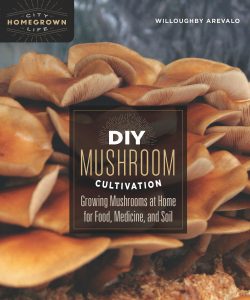 Fungi in our intimate living spaces need not be a cause for dehumidifiers, urgent house repairs, or structural remediation. It can be cause for celebration — especially if you’ve cultured its presence.
Fungi in our intimate living spaces need not be a cause for dehumidifiers, urgent house repairs, or structural remediation. It can be cause for celebration — especially if you’ve cultured its presence.
Imagine the delicate, perfect, gills of a mushroom, its light springy texture in your hands, the satisfying give of its flesh as you slice through its cap, then its sizzle in the pan, and finally its rich sautéed taste on your tongue. Now add another layer of satisfaction through growing your favourite mushrooms at home. If this is appealing, DIY Mushroom Cultivation by Vancouver-based Willoughby Arevalo will help you realize this dream. The book is one of New Society’s Homegrown City Life series – guides for the urban homesteader in the form of handbooks on such topics as yogurt and cheese-making, fermentation, food gardens, home-curing, auto-flowering cannabis, and mushroom growing. This series is perfectly in step with the shift away from reliance on big, commercial food producers towards low-impact, hands-on, home grown, and homemade foods. Willoughby Arevalo provides the slow food version of mushroom cultivation for joy and sustenance.
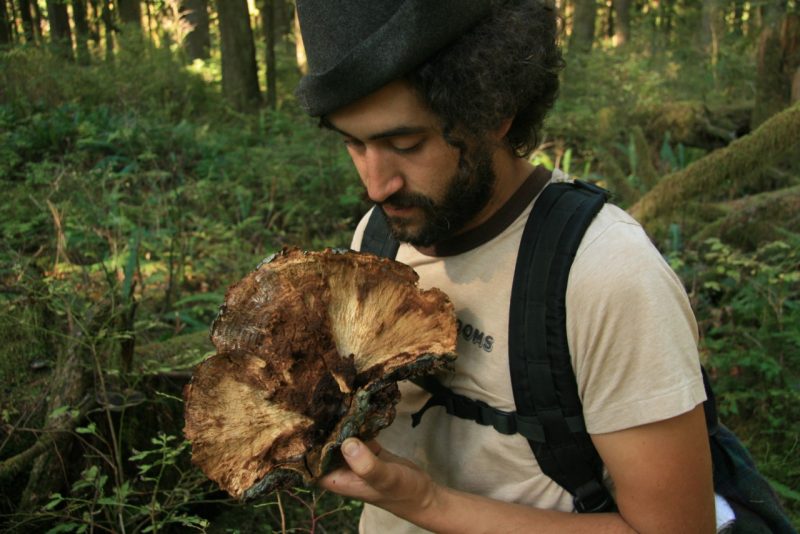
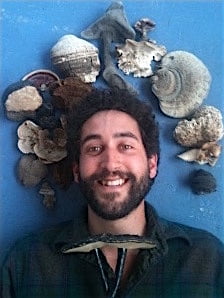
For some small space urbanites, the prospect of growing mushrooms can be intriguing but daunting. Mushroom cultivation might conjure images of decay, manure, humidity, and darkness, but this book sheds light on the real practical possibilities of having, for example, pink oyster mushrooms hanging in your bathroom (p. 42). It builds on the desire to think ecologically about our living spaces and find mushroom niches amidst our lives and things. “Dreams,” Arevalo observes, “are spores for growth, and I encourage you to dream big — but you’d be wise to start small while you learn what you are doing” (pp. 24-25). With these encouraging and cautionary words of wisdom, the aspirations for home-grown mushrooms are grounded in a book full of technical knowhow, practical strategies, and mushroom lore. Arevalo combines his years of experience with advice generously shared by other home-scale farmers.
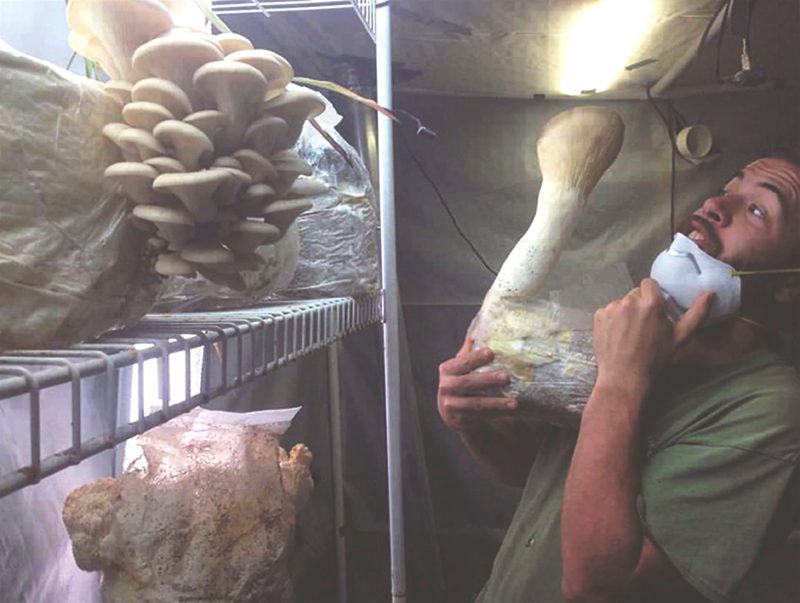
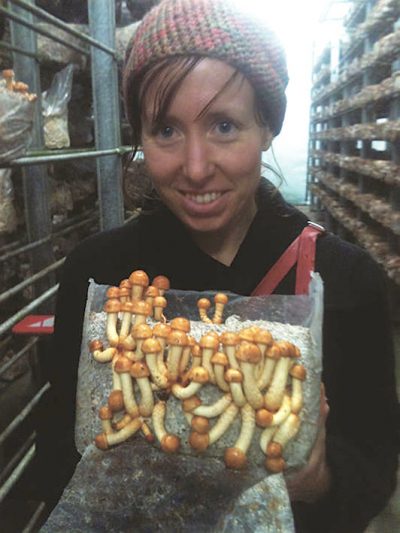
DIY Mushroom Cultivation: Growing Mushrooms at Home for Food, Medicine, and Soil has a pleasant conversational style, is well illustrated with line-drawings, photographs, tables of important comparative temperatures, amounts, and comprehensive step-by-step guides to each stage of cultivation. Arevalo begins with an overview of Mushroom Basics, covering taxonomy and classification and situating fungi within their ecosystems. Saprotrophic fungi — the rot-eating mushrooms, the “great decomposers” — are the major cultivated species and subject of the book.
Understanding the life cycle of mushrooms is crucial for successful home cultivation, and Arevalo carefully sets out what they need to thrive and survive. The book offers the grower the tools, knowledge, and skills required for the responsible cultivation of mushrooms, including the provision of sufficient air, water, food, warmth, and a suitable fruiting surface. To further anticipate the mushrooms’ requirements, an appendix gives an overview of popular mushroom species.
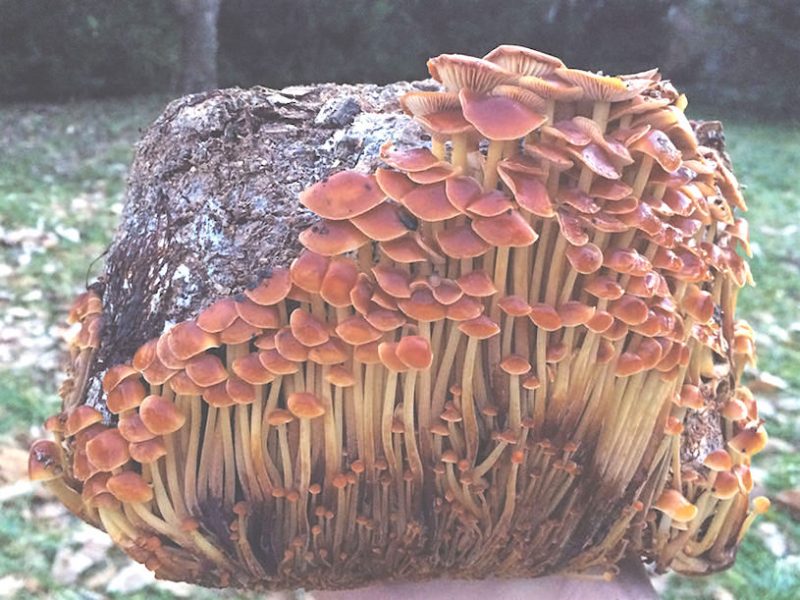
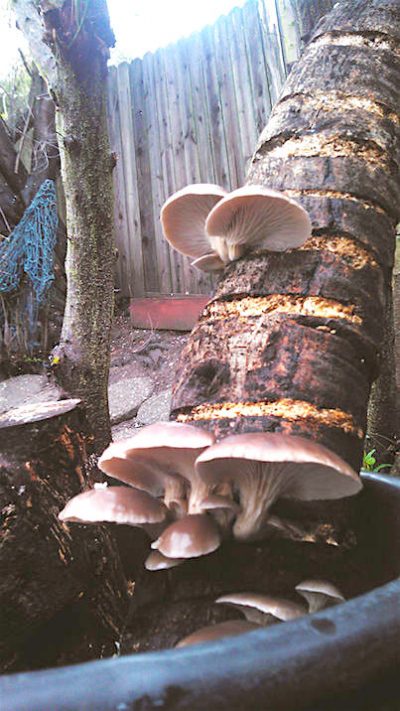
“Mushroom cultivation is a series of exponential expansions of mycelial mass,” Arevalo writes, “culminating in a shift in environmental conditions that encourage the formation of mushrooms” (p. 20). This can be translated into a series of basic steps beginning with taking a sample of mushroom tissue, or mycelium. To simplify, this sample is put into a growing medium — liquid culture or the more complex agar, and incubated in a warm place. After some time, which varies by species, it will grow, and is then generated into grain spawn consisting of cooked and sterilized grains, such as wheat, through which the mycelium can expand. The spawn is then run through a number of containers filled with fruiting substrate such as sawdust, straw, coffee grounds, or junk mail, depending on a mushroom species’ preferences.
The environment where the fruiting containers are placed will provide the cues required for mushrooms to grow. The cultivator must carefully manage the setting and monitor temperature, humidity, carbon dioxide, and light. With the passage of time, harvesting can begin and the mushrooms eaten as food and medicine or stored for later uses. Arevalo gives each stage of cultivation a separate and comprehensive chapter outlining the tools, techniques, tips, and strategies necessary to nurture the mycelium to produce the desired edible mushrooms for home use or sharing with friends and neighbours. There are photographs throughout the book — of mushrooms, tools, growing locations, and the faces of the people tending their friendly fungal living companions – that bring mushroom growing to life and move it into the realms of everyday domestic life of ordinary people like you and me.
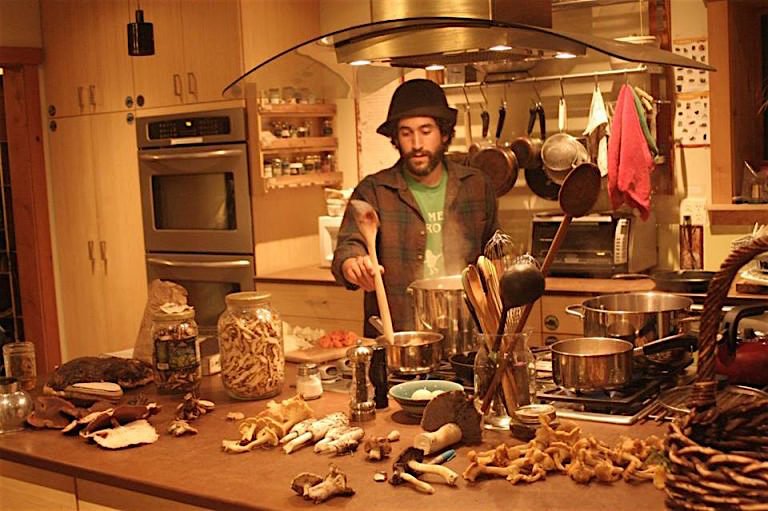
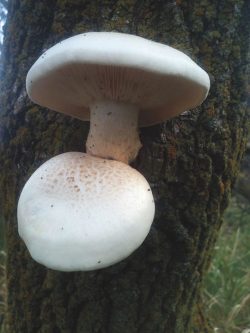
Even if you’re not quite ready to open your living space to growing mushrooms, DIY Mushroom Cultivation shares a tempting wealth of knowledge and captures the passion cultivators have for the fungi in their lives. The book is also reader-friendly. As you flick through it, and look for clues to assess your harvest, Arevalo’s reassuring voice is always at hand to offer encouragement and sound practical advice. His sidebar Aaagh! I got my filter wet! What do I do? is a good example (p. 80), with “Don’t panic!” instructional remedies provided.
Finally, reading this book prompted a reminder on the continuing importance of the printed word in this digital era. Arevalo’s book does the reader a real service by bringing the digital worldwide web of mushroom information – a Google search provides over 5 million results — down to manageable proportions and into your hands.
*

Gillian Crowther teaches social anthropology at Capilano University, North Vancouver. She is the author of Eating Culture: An Anthropological Guide to Food (University of Toronto Press, 2013).
*
The Ormsby Review. More Books. More Reviews. More Often.
Publisher and Editor: Richard Mackie
The Ormsby Review is a journal service for serious coverage of B.C. books and authors, hosted by Simon Fraser University. The Advisory Board consists of Jean Barman, Robin Fisher, Cole Harris, Wade Davis, Hugh Johnston, Patricia Roy, David Stouck, and Graeme Wynn. Scholarly Patron: SFU Graduate Liberal Studies. Honorary Patron: Yosef Wosk. Provincial Government Patron since September 2018: Creative BC
“Only connect.” – E.M. Forster

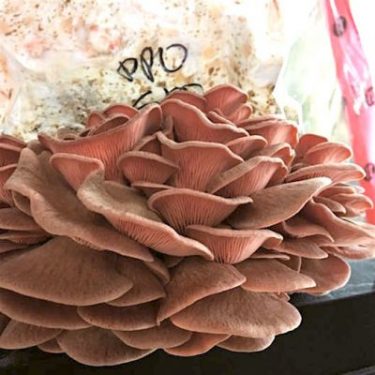
3 comments on “#702 Hungry for home mushrooms”
I want to order Willoughby’s mushroom growing book. Also interested, in other local plant, wildlife or nature books.
Hi Elaine, delighted you’re interested! Alas, we don’t deal with books directly at The Ormsby Review. We are an intermediary between publishers and readers. Best thing is to write to sara@newsociety.com at New Society on Gabriola Island. Hope it works out! Let me know if not. Best for now, Richard
Comments are closed.